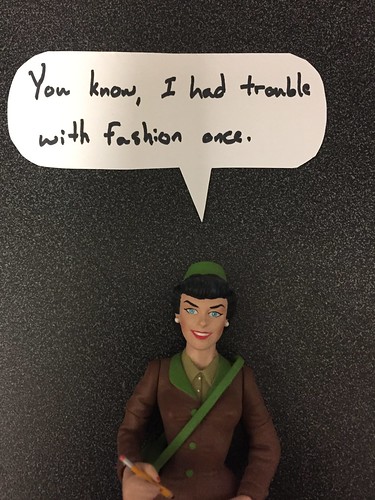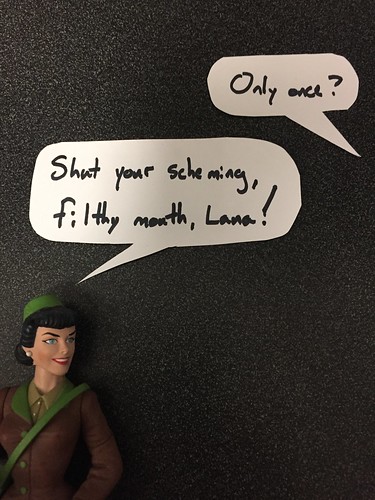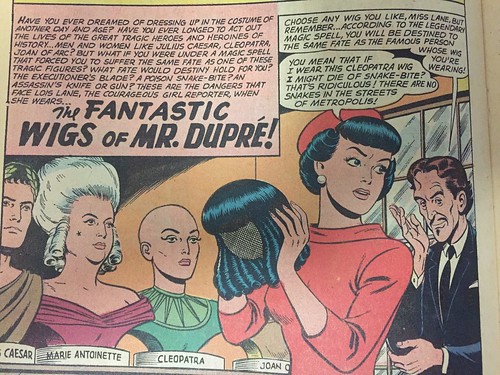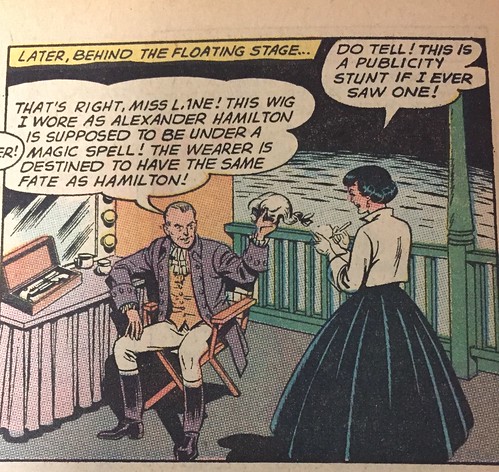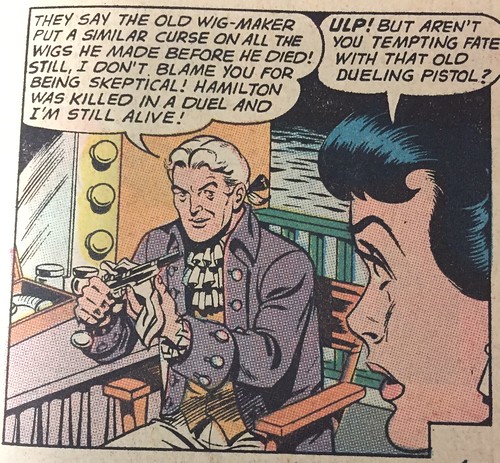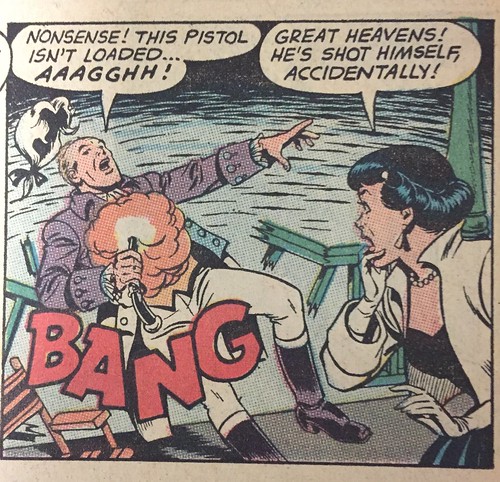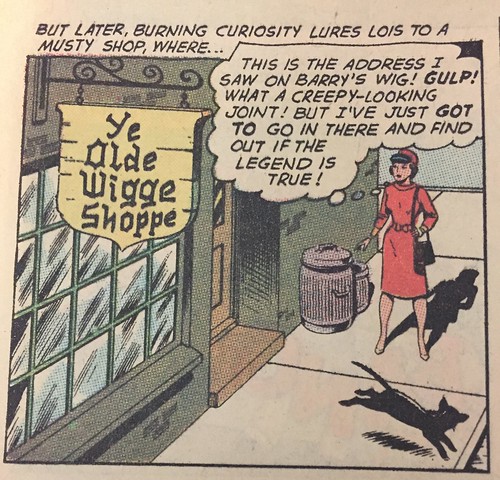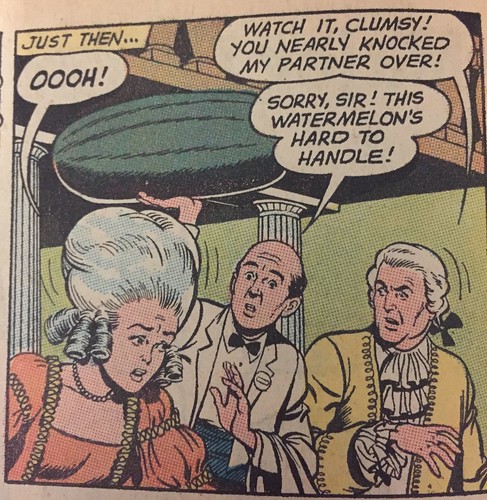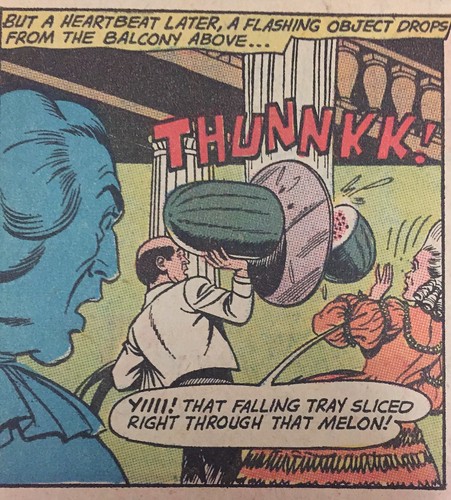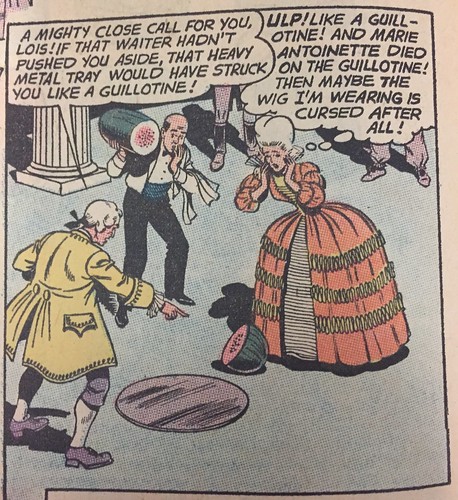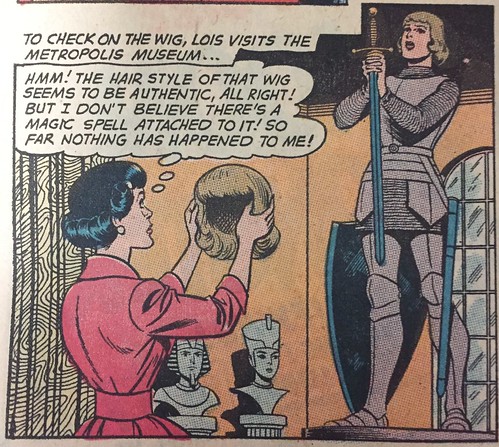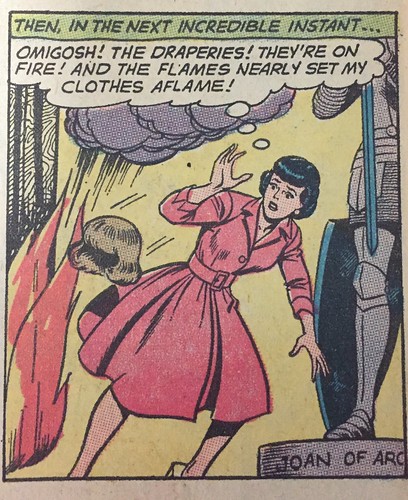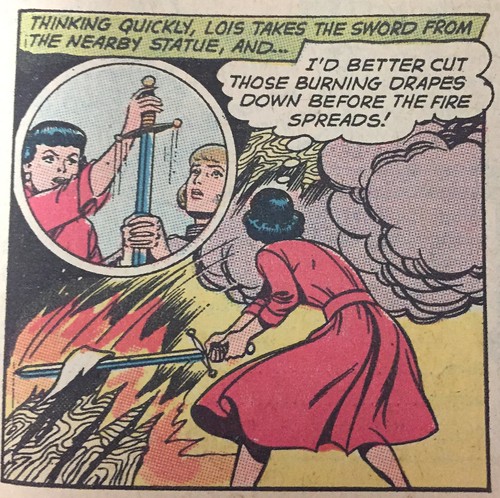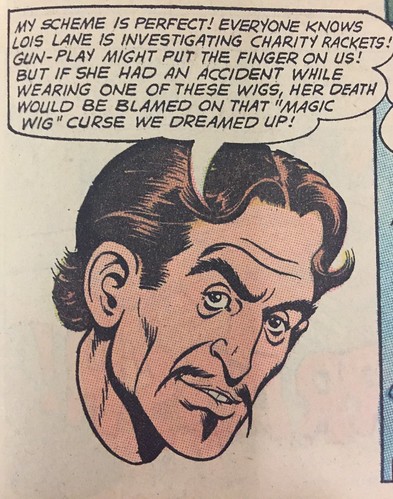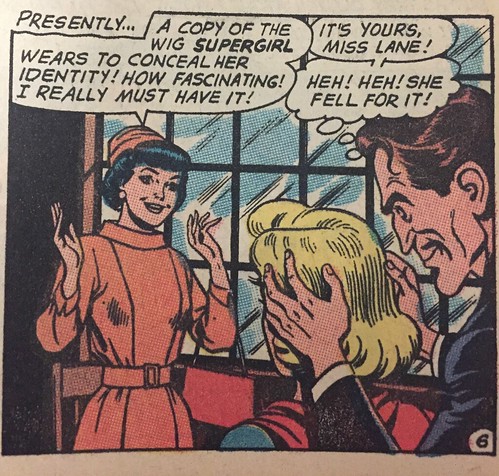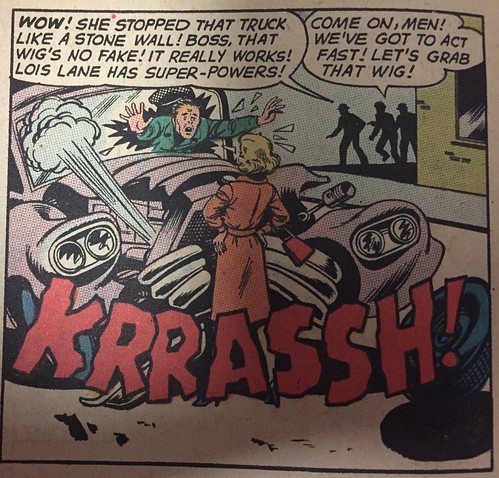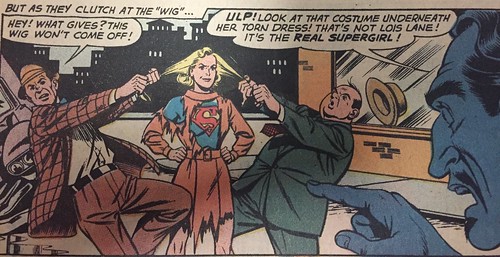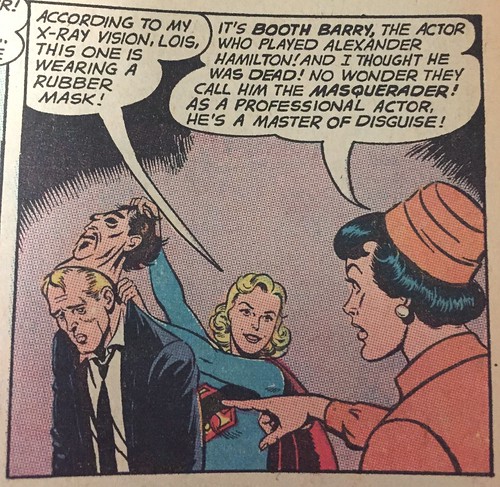I went to Rhode Island with four coworkers, but other than my friend Meghan and I meeting up for some things the five of us mostly stayed with our own friends and colleagues, and didn't overlap much. On our first morning there, Meghan and I went to the same restaurant for breakfast that we ate at our first morning there last time, Brickway on Wickenden. While there, I spotted an intriguing sign:
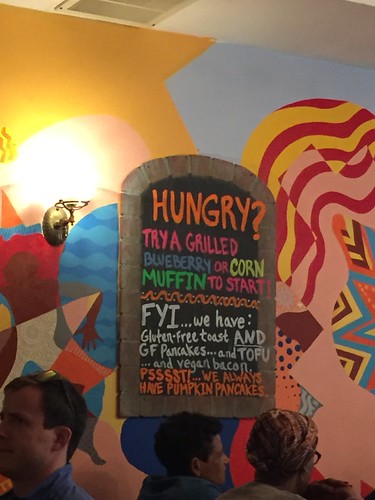
"The grilled muffin...," I began, asking our server for clarification. "What is that?"
"They take a muffin, slice it in half, butter the halves, and throw it on the grill."
"I would like the blueberry."
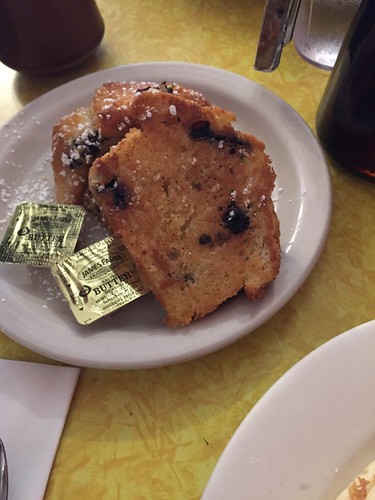
I've never heard of a grilled muffin before that moment, but it was amazing. Crunchy on the outside, and butter-soaked and almost soggy on the inside.
After breakfast, Meghan got coffee while I marveled at their cold brew set up:
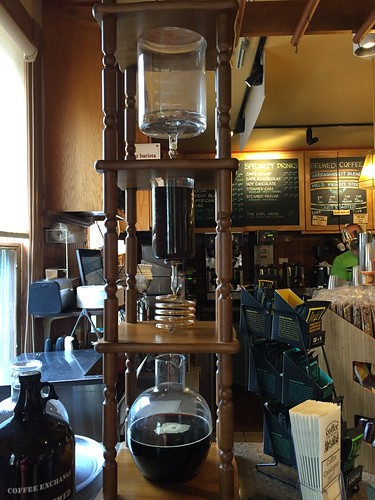
which, according to the man at the coffee place, takes 24 hours to brew a single pot. We also went to the Providence Pride Festival:
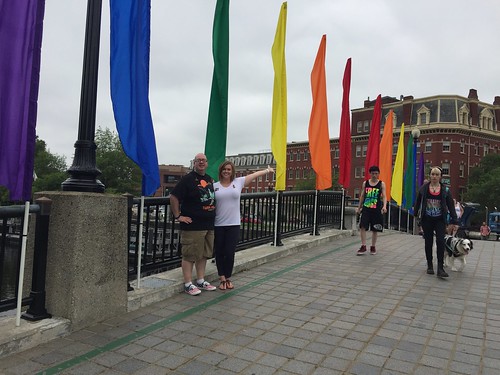
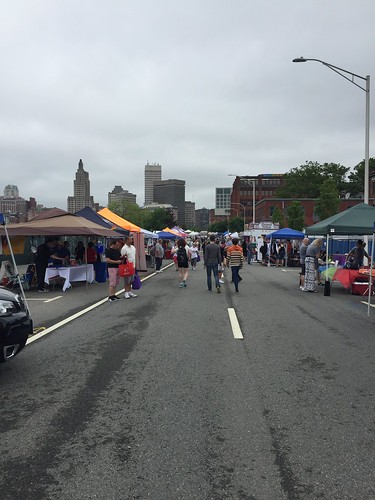
where the Providence Pride Festival stole ten dollars from me. When we were walking up to the entrance, all of the signs said it was either a dollar (for regular admission) or five dollars (for alcohol area admission and discounts from some vendors) to get in. Meghan wasn't carrying cash, so I offered to pay hers. I only had a twenty, so I offered it to the lady at the gate and told her it was for both of us.
"Admission for two? That's ten dollars each."
None of the signs said ten dollars each for any form of admission, and when we got to the other end of the festival they were charging either one or five dollars. I hope my (stolen) money is going to a good cause.
It was interesting to walk through a Pride Festival in a city, and state, that actually embraces and celebrates their LGBTQ+ community. There were banners on the lightpoles, signs everywhere, unvandalized posters, and they even lit the state capitol building in rainbow lights at night:

Compared to Tennessee, it could almost make one think about moving until one remembers that the northeast is an icy horrorscape of wintry snow for several months a year.
After breakfast, shopping, and Pride festing, we met up with my friend Stacy, and Meghan took us on a walking tour of Brown University, which is very fancy:
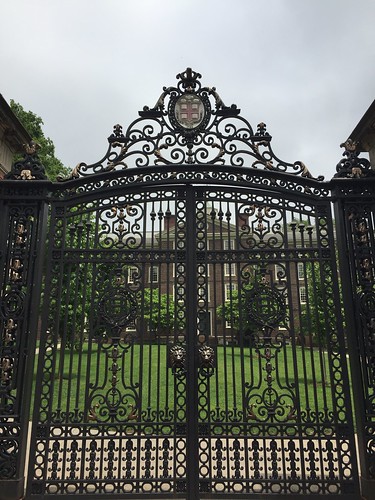
and has a bear:
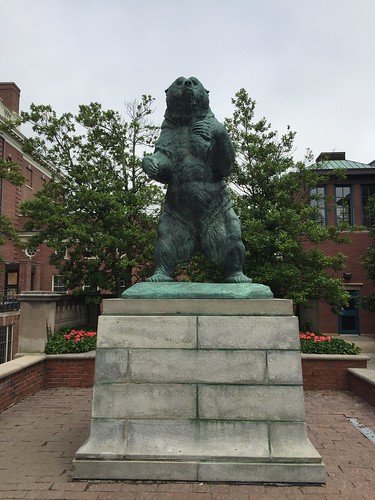

The next morning, the conference had a 5K, which was not timed but was still fun and in which I did not come in last:
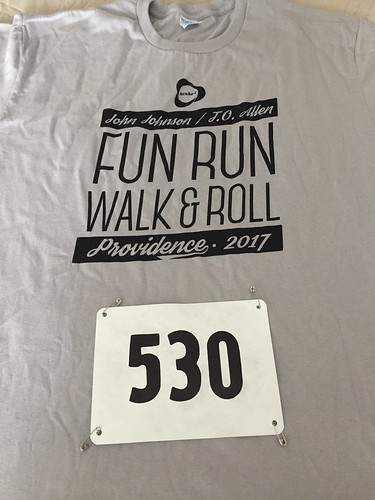
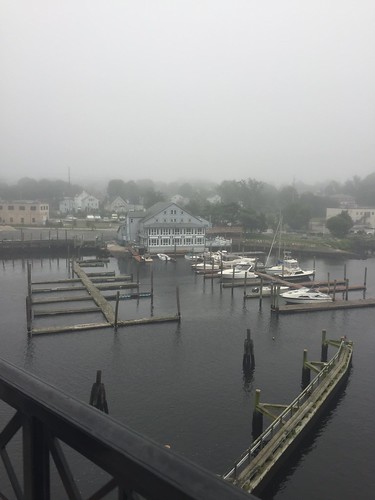

That night I had an excellent dinner with my friend Sonja, who I haven't seen since college, and the next night I convinced a group of people to go have dinner at Umelt, a restaurant that specializes in grilled cheese:
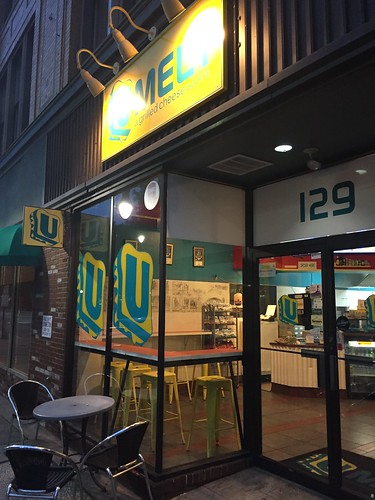
and dankness:
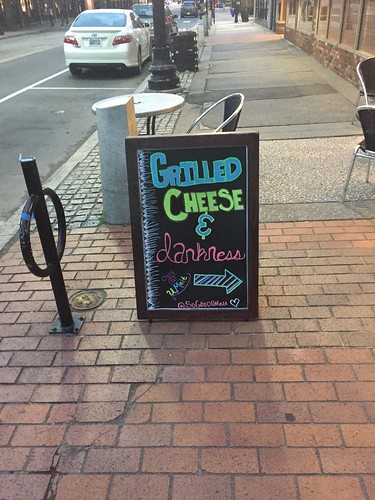
I had the special Pride grilled cheese, which was a regular grilled cheese with a lot of food coloring:
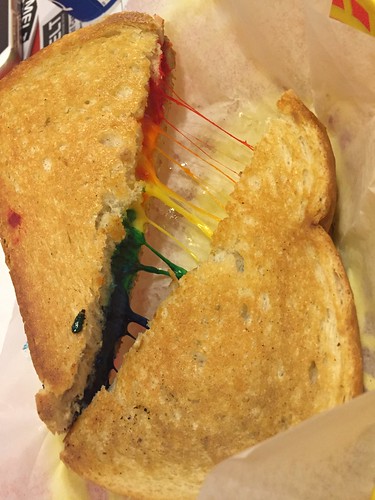
During the extra long lunch hour one of the other days Meghan and I walked to the Rhode Island School of Design bookstore, because I wanted a t-shirt for their very interestingly named sports teams:
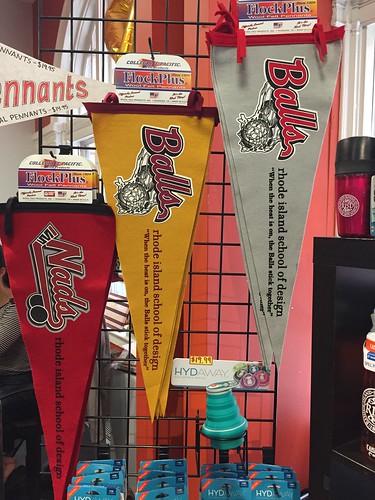

and then when the conference was over and we had a whole morning before flying out I went and did some sightseeing:
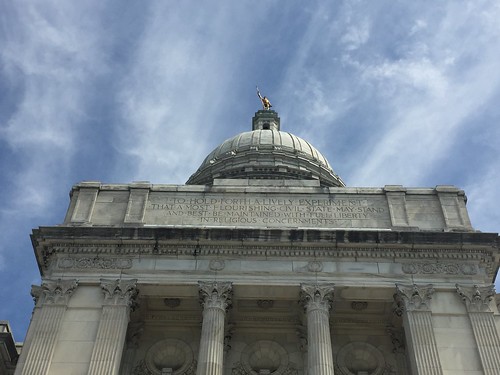

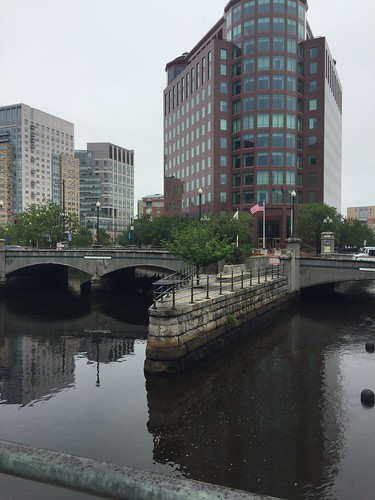
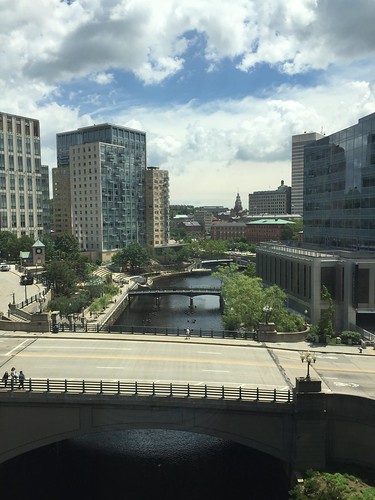
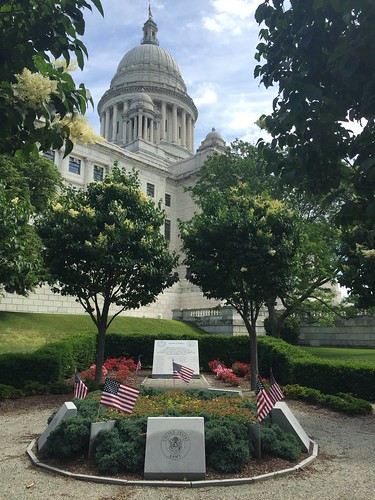
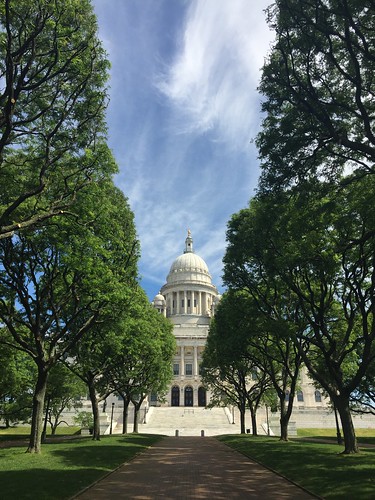
and then we flew home, I went to work for two days, and then got up last Saturday morning and drove to Greenville, South Carolina, to see a play and visit my friends Mike and Sandy. Sandy and I see each other every few years, but this is the first time that Mike and I have seen each other in person since 2006:
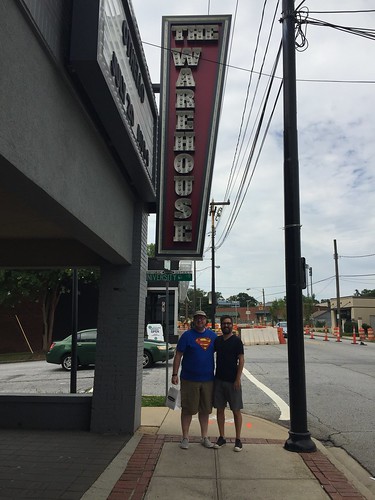
That's us last weekend, not us in 2006, outside of Mike's theatre.
Since I was only in town for an overnight, I didn't see much beyond downtown, a few walking paths, and the park by our hotel, but Greenville seemed very pretty:
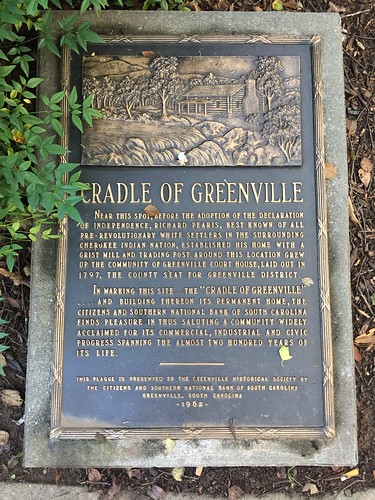




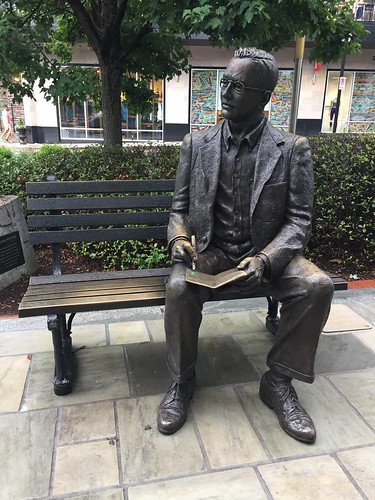

and the walking paths were wonderful, early in the morning before it got really hot and humid:
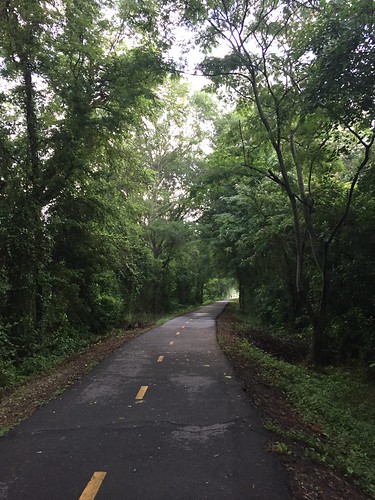

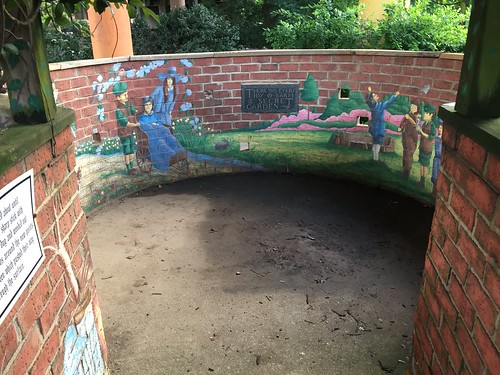

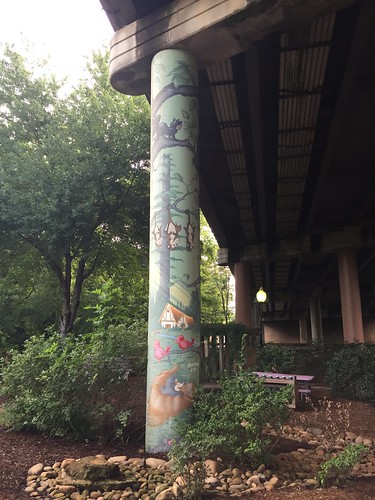

We also went out for drinks after the play, and my screwdriver came with a slice of orange so wide and with such a thick rind that we all kind of stared at it and tried to figure out if it was really an orange or some other, larger citrus fruit:

I thought it might be a blood orange, but that makes no sense in a drink made with regular orange juice, and it didn't occur to any of us to taste it, because it seemed vaguely frightening.
Except for the terrible construction traffic outside of Asheville, it was a wonderful weekend, and I'm supposed to go back in December to see another play, at Mike's theatre.
I might take a day off from work and actually spend more than a night there.
